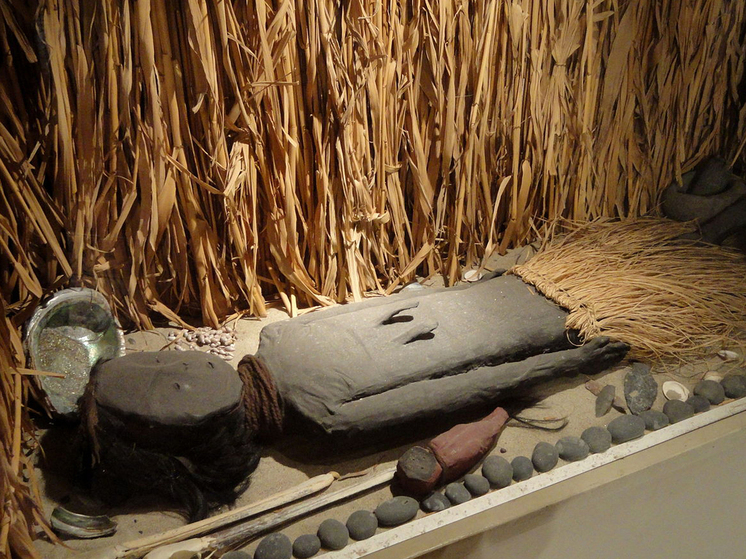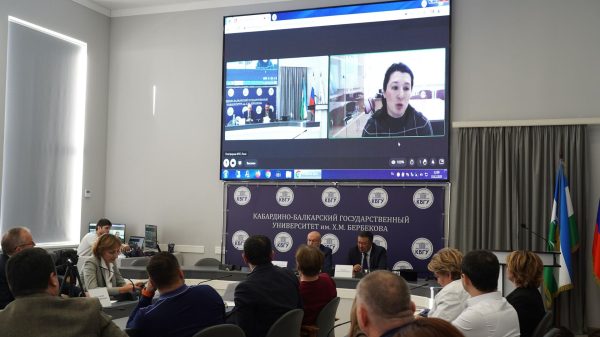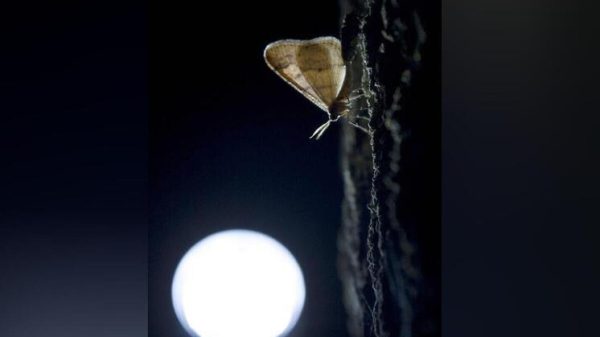The remains of ancient people were disturbed due to unusual weather conditions
The oldest Chilean mummies have been in the world longer than the mummified remains of the pharaohs of Ancient Egypt and their ornate tombs, but the ravages of time , human development and climate change put these relics in danger.

The Atacama Desert in Chile was once home to the Chinkorro people, who began mummifying their dead 5,000 years ago, two millennia before the Egyptians, according to archaeologist Bernando Arriaza. After ancient people skinned and removed internal organs from their loved ones, they wrapped their bodies in reeds, sea lion skins, a mixture of clay, alpaca wool, and placed wigs made of human hair on their heads, hoping that the arid desert climate would preserve dead forever.
The arid desert has preserved mummified remains in the environment, which provide archaeologists with information about how the Chinkorro people once lived.
The idea to mummify the bodies came after observing other remains undergo the natural process in the arid desert environment .
“The mummified bodies were also decorated with reed blankets, clay masks, human hair and much more,” archaeologists note.
Although UNESCO has designated the Chilean region as a World Heritage Site, the declaration may not preserve all the relics. The Chinchorro culture is represented in many museums, including the Miguel de Azapa Archaeological Museum in the ancient city of Arica. Some mummies and other relics are safely hidden in these climate-controlled exhibits, but the remains still hidden in the arid desert remain under threat. Some mummies are already covered with mold, others are susceptible to dry rot or are being chewed by insects.
“If we see an increase in sea surface temperatures, for example on the coast of northern Chile, this will lead to an increase in air humidity,” explains paleoecologist Claudio Latorre. “And this, in turn, would lead to decomposition in places where it does not exist today, and would lead to the loss of the mummies themselves.”
Other clues that archaeologists may find in the environment may also be lost: “Climate change caused by human activity is one of the aspects that we're really concerned about because it will change a whole range of aspects that shape the desert today.”< /p>
Archaeologist Arriaza is working to raise awareness of the mummies, hoping this will lead to even greater preservation.
“It's a very, very difficult task because it requires resources,” concludes Arriaza . “It’s a universal desire for a common goal — to preserve this place, to preserve the mummies.”
Early archaeologists said that “every time they find a body, they plant a flag and bury it again.” According to some reports, the bodies were buried there for 7 thousand years. And the Camarones River, which flows near the city of Arica, contains a thousand micrograms of arsenic per liter, which is a hundred times higher than the safe limit for humans. Analysis of hair samples showed that with every sip of water, the Chinchorros were unknowingly poisoning themselves, and as a result they often suffered miscarriages and infant mortality. This is where the earliest Chinkorro mummies come from: tiny babies whose fragile forms are supported by sticks and decorated with elaborately carved black manganese masks.






















































Свежие комментарии